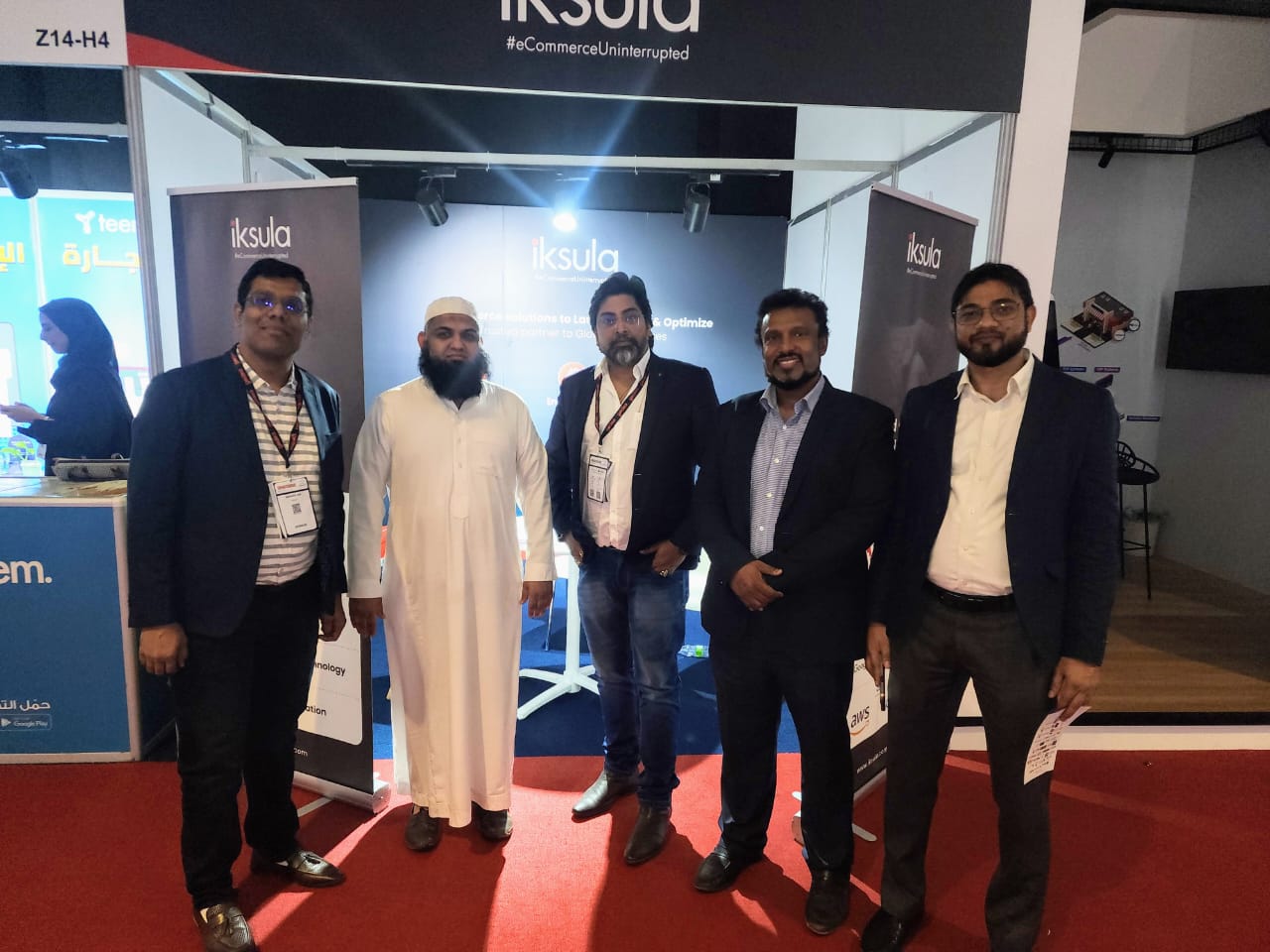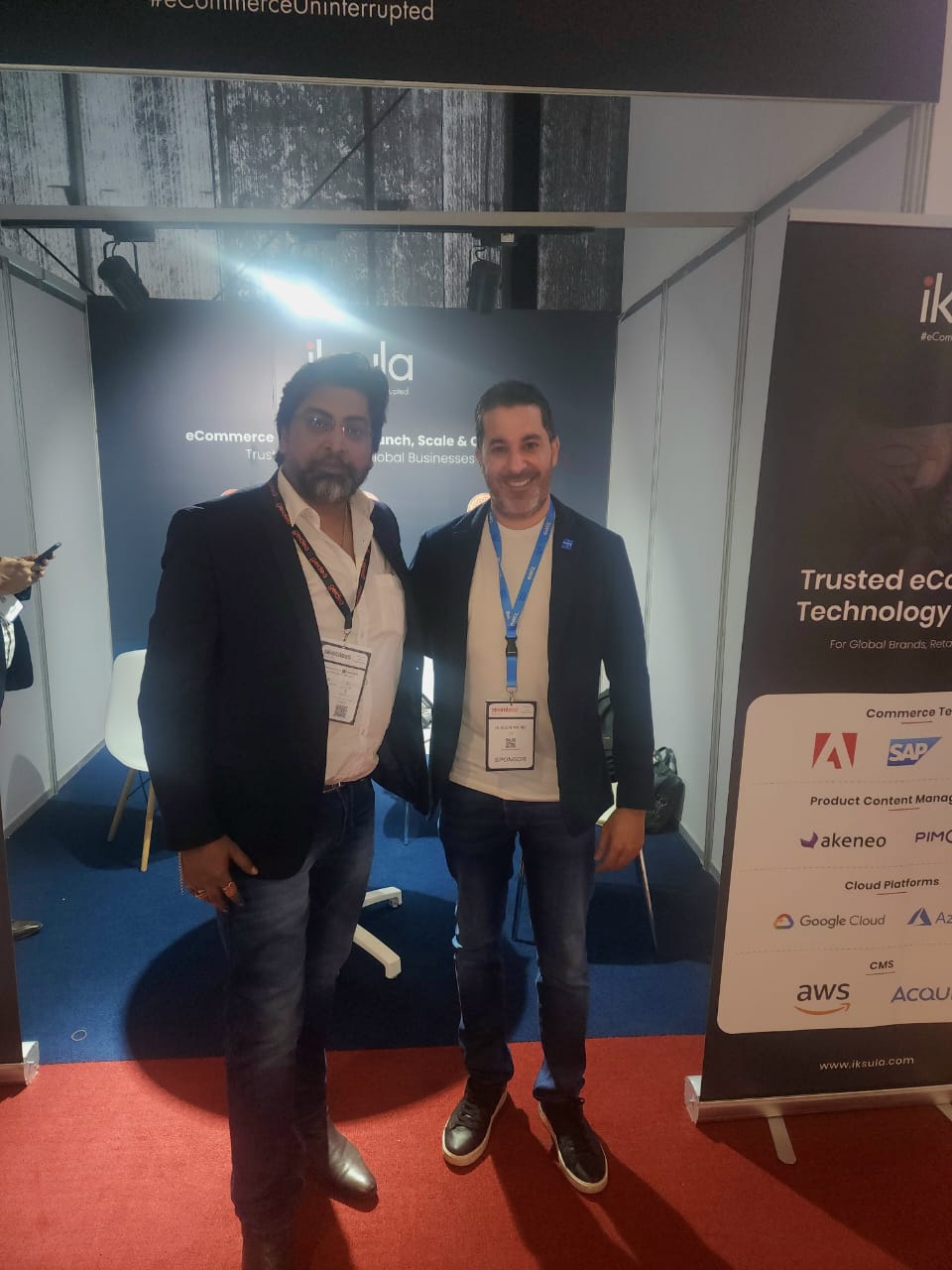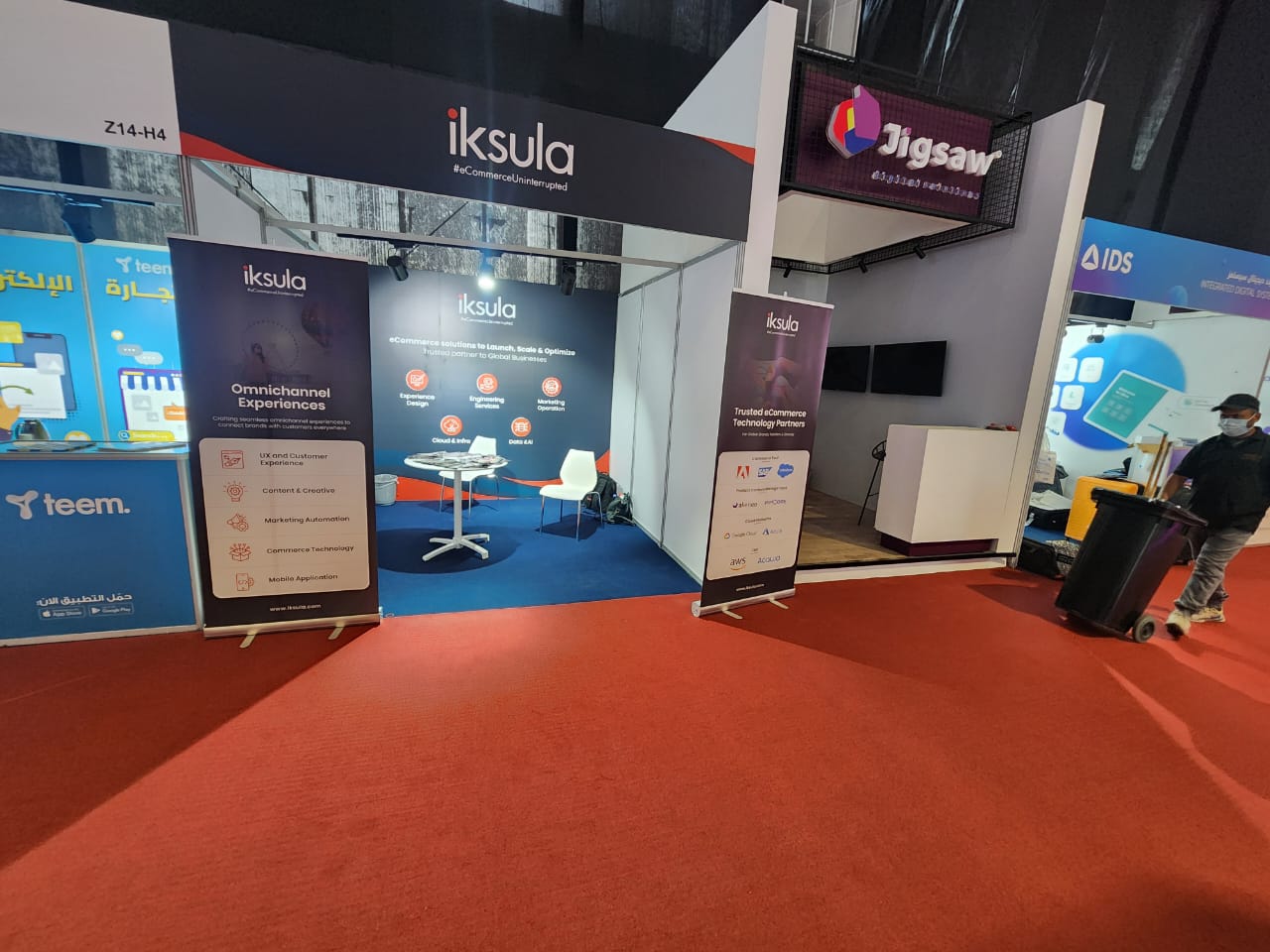Numerous businesses have set up captive centers for operational activities overseas in recent years. These facilities, also referred to as operations captive centers, can provide businesses with a number of advantages.
We will discuss what captive operations centers are, how they operate, and the benefits they can offer businesses in this blog post.
What are Captive Operations Centers?

Operations to carry out operational tasks including back-office operations, customer service, technical support, and software development, businesses set up captive centers abroad. Captive centers are owned and run solely by the parent firm, as opposed to standard outsourcing, which involves a corporation entering into a contract with a third-party provider to carry out certain duties. Captive centers are client-owned and -operated service delivery facilities that offer service resources directly to their organization, typically in an economical, non-domestic location.
Captive Operations Centers exist in various locations, including countries with lower labor costs, high technical expertise, and favorable government policies. The choice of location depends on a company’s specific needs and objectives. Some of the most popular destinations for captive centers are India, the Philippines, China, and Eastern Europe. According to the India Captivating report by NLB Services, at least 1,500 GCCs are operating in India and looking for top talent. These currently have a workforce of 1.38 million (approximately).
Captive Centers Vs Outsourcing

The company employs associates working in captive centers, not a vendor. On the other hand, outsourcing is when an organization recruits another organization to carry out tasks, handle operations, or provide service delivery.
How do Captive Operations Centers work?
A multi-step procedure is required to establish an operations captive center, and it starts with locating the ideal site and determining whether the project is feasible. To decide whether the location meets its demands, the business must also assess the labor market, legal climate, and infrastructure in the area.
After deciding on a location, the business needs to form a legal entity there to enable the functioning of the captive center. It may entail registering the business with the appropriate local agencies, acquiring the required permits and licenses, and abiding by the applicable tax and labor laws.
The hiring and training of local laborers is the following phase. Since the business must find and hire qualified candidates as well as give them the necessary training to carry out their roles effectively, it can require a significant investment of time and resources. To ensure that the local staff can effectively communicate with coworkers around the world, the organization may occasionally need to offer language training.
Once the captive center is up and running, the company must manage it effectively to ensure it delivers the desired outcomes. It can involve monitoring performance metrics, implementing quality control processes, and providing ongoing training and support to the local workforce.
What are the advantages of Captive Operations Centers?
There are several advantages that Captive Operations Centers can offer to companies that decide to set them up. These include:
1. Long term cost savings: One of the primary advantages of captive centers is that they can help companies reduce costs. Companies can take advantage of cost savings without compromising quality by establishing a presence in a country with lower labor costs.
2. Access to talent: Captive centers can provide companies access to a pool of highly skilled and qualified workers in a foreign country. It can be particularly beneficial in industries such as IT and software development, where there is a need for more skilled workers in some parts of the world.
3. Improved control: Unlike traditional outsourcing, where a company must rely on a third-party provider to perform tasks, captive centers give companies greater control over their operations. It can help companies ensure that their operational activities align with their strategic objectives and deliver the desired outcomes.
4. Intellectual property protection: Captive centers can help companies protect their intellectual property by keeping sensitive data and processes in-house. It can reduce the risk of data breaches and other security threats.
5. Cultural alignment: Companies can create a more culturally aligned workforce by establishing a captive center in a foreign country. It can be particularly beneficial in industries such as customer service, where cultural sensitivity and understanding can be essential for delivering high-quality service.
Conclusion
Businesses that choose to establish captive centers might gain from a number of advantages. They can aid businesses in cost reduction and provide access to a pool of highly qualified personnel.
In conclusion, Captive operational Centers have become a realistic option for companies aiming to boost productivity, cut expenses, and streamline operations. These facilities provide a number of advantages, including improved data protection, access to highly skilled personnel, and increased operational control. Additionally, they enable businesses to create a long-term presence in offshore markets, assisting them in extending their global reach and fostering growth. As the business landscape continues to evolve, Captive Operations Centers will likely become an increasingly popular option for companies looking to stay ahead of the competition.









































